Mastering the Deadlift: A Comprehensive Guide to Form and Function
Author: Dr. Alex Sharma, Date: October 26, 2023, Category: Strength TrainingThe deadlift is often hailed as the king of all exercises, and for good reason. It’s a full-body movement that engages nearly every major muscle group, from your hamstrings and glutes to your back and core. Executed correctly, it can significantly boost your strength, improve your posture, and enhance overall athletic performance. However, due to its complex nature, improper form can lead to serious injuries. This guide will delve deep into the mechanics of a perfect deadlift, ensuring you can lift safely and effectively.
The Foundation: Proper Setup
Before you even think about lifting, your setup is paramount. It dictates the entire movement pattern and ensures you are in the strongest possible position. Start by positioning your feet hip-width apart, with your shins close to the barbell. The bar should be directly over the middle of your foot. This alignment ensures a straight bar path, minimizing horizontal deviation and maximizing vertical force.
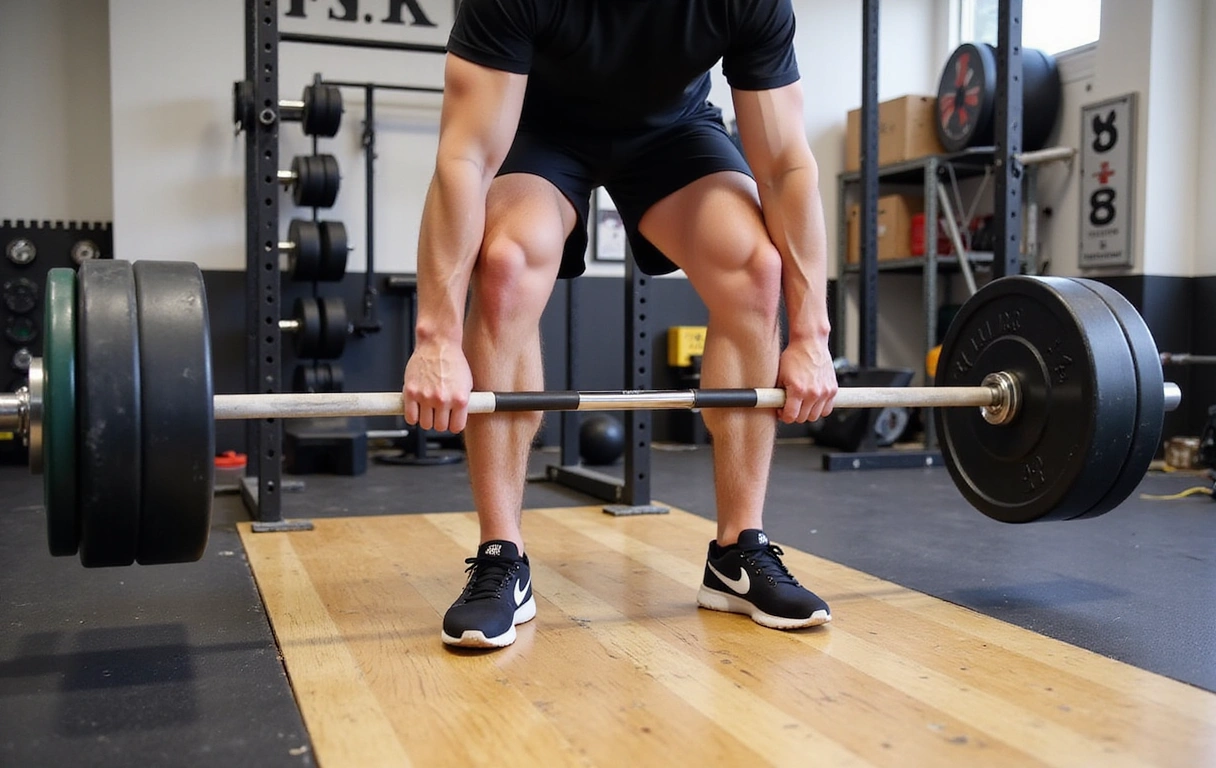
Grip and Stance
Choose a grip that feels strong and secure. A double overhand grip is ideal for lighter weights, while a mixed grip (one palm facing forward, one backward) is often used for heavier lifts to prevent the bar from rolling out of your hands. Ensure your hands are just outside your shins. Your stance should feel stable, allowing you to drive through your heels.
The Pull: Executing the Lift
The pull phase is where the magic happens. It's a powerful, controlled movement that requires coordination of multiple muscle groups. Think of it as pushing the floor away from you, rather than just lifting the bar.
As you initiate the lift, keep your chest up, shoulders pulled back, and core braced. Your hips and shoulders should rise at roughly the same rate. This ensures you're using your glutes and hamstrings effectively, rather than relying solely on your lower back. Maintain a neutral spine throughout the entire movement. Avoid rounding your back at all costs.
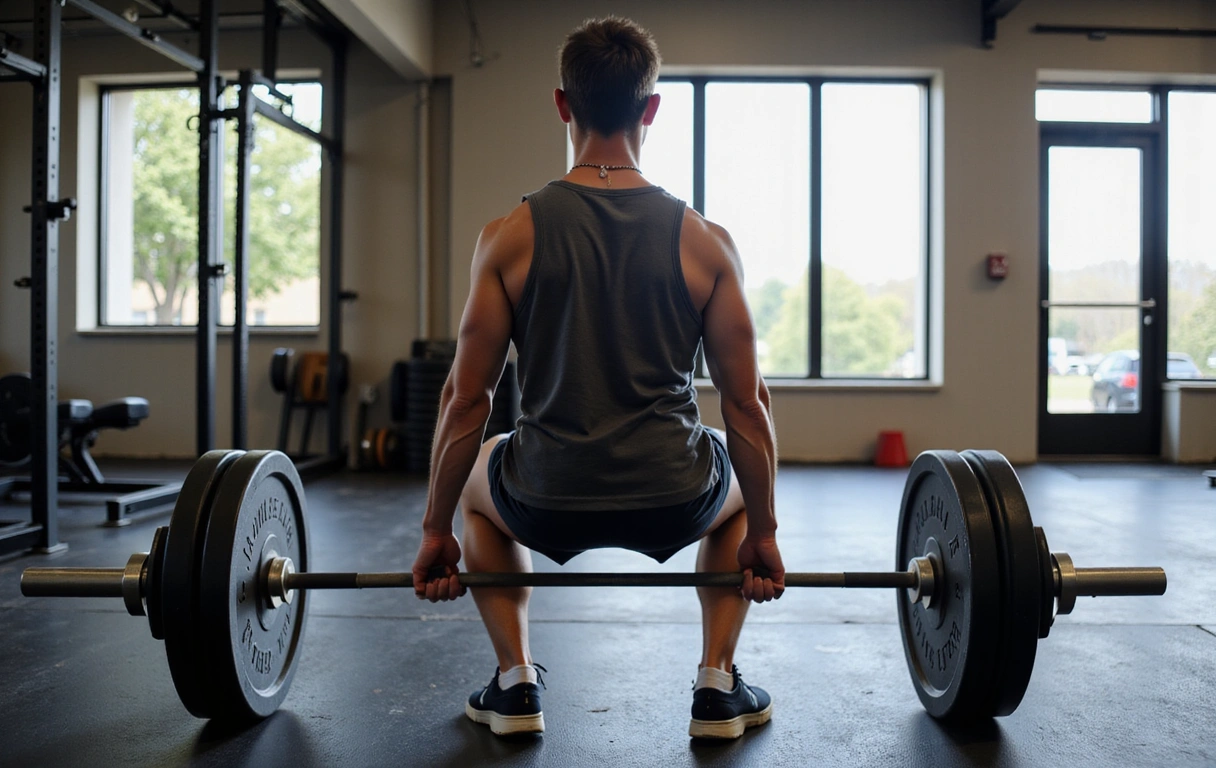
The Lockout
Once the bar passes your knees, drive your hips forward to complete the lockout. Stand tall, squeezing your glutes at the top. Do not hyperextend your back. The lockout should be a strong, controlled finish, not a violent jerk.
The Descent: Returning the Bar
The descent is just as important as the ascent. Many injuries occur during the eccentric phase. To lower the bar safely, reverse the movement by pushing your hips back first, then bending your knees once the bar clears them. Control the bar's path to the floor, maintaining a neutral spine throughout.
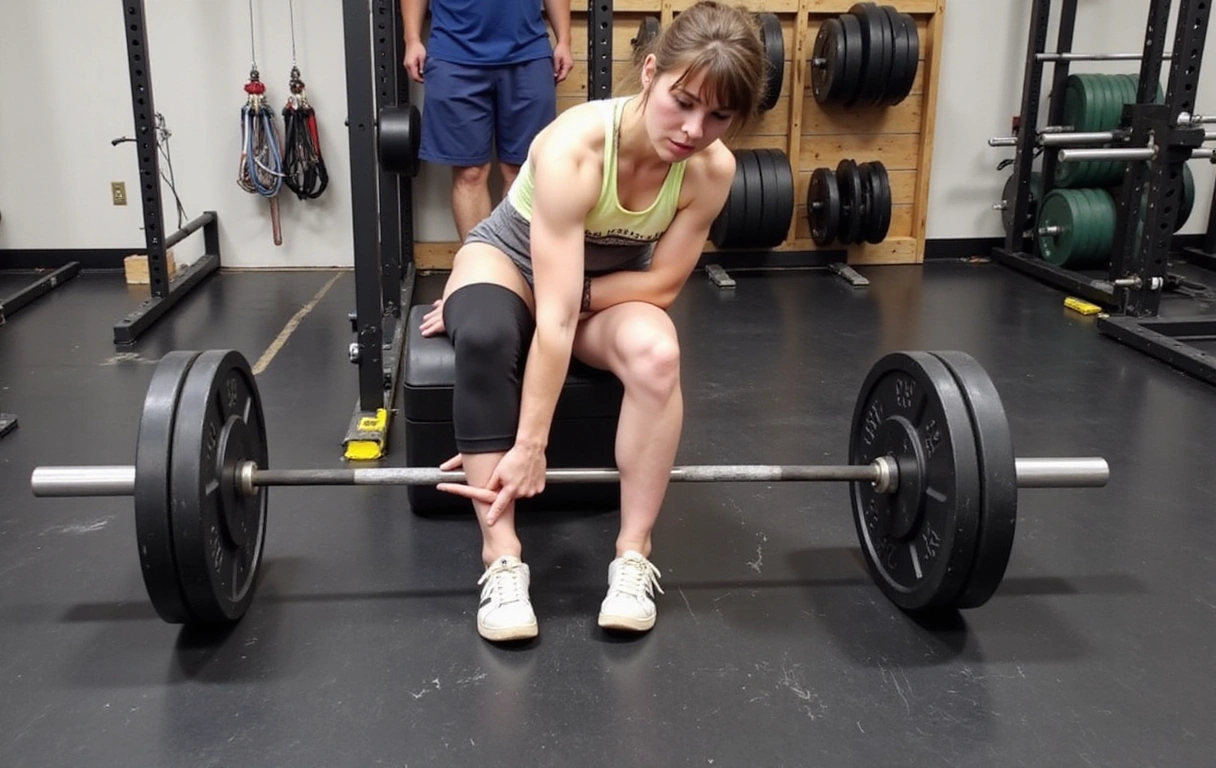
Common Mistakes and How to Fix Them
- Rounding the Back: This is perhaps the most dangerous mistake. It puts immense stress on your lumbar spine. Focus on keeping your chest up and pulling your shoulder blades back. Imagine trying to hold a coin between your shoulder blades.
- Hips Rising Too Fast: If your hips shoot up before the bar leaves the floor, you're essentially turning the deadlift into a stiff-legged deadlift, placing excessive strain on your hamstrings and lower back. Ensure your hips and shoulders rise together.
- Hyperextending at the Top: While a strong lockout is crucial, avoid leaning back excessively. This can compress your lumbar discs. Squeeze your glutes and stand tall, maintaining a neutral spine.
- Jerking the Bar: A deadlift should be a smooth, continuous pull, not a sudden jerk. Build tension in your body before initiating the lift.
Tracking Your Progress: A Visual Guide
Consistency is key in strength training. Tracking your progress can motivate you and help identify plateaus. Below is a conceptual graph illustrating a typical strength progression over several weeks, assuming consistent training and proper recovery.
Conclusion: Dedication and Patience
The deadlift is a challenging yet incredibly rewarding exercise. By dedicating time to mastering the proper form, focusing on controlled movements, and listening to your body, you can unlock significant strength gains and build a resilient physique. Remember, patience and consistency are your greatest allies on this strength journey. Always prioritize form over weight, and don't hesitate to seek guidance from a qualified coach if you're unsure.
Related Articles
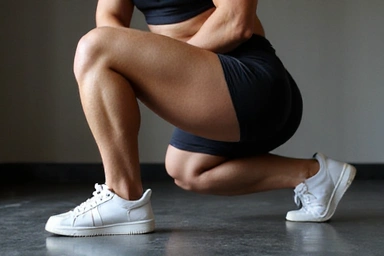
The Power of the Squat: Building Leg Strength
Discover the benefits of incorporating squats into your routine and tips for perfect form.
Read More →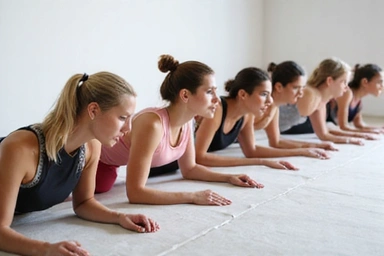
Core Strength Fundamentals: Why it Matters
An in-depth look at the importance of a strong core for overall fitness and injury prevention.
Read More →
Bench Press Mastery: Developing Upper Body Power
Unpack the secrets to a stronger bench press and how to avoid common pitfalls.
Read More →
This is where an embedded comments system would load. For demonstration purposes, this text serves as a placeholder.
Typically, a service like Disqus or a custom comment system would be integrated here, allowing users to share their thoughts and engage with the content.
To leave a comment, you would usually see a form field for your name/email or a login prompt, followed by a text area for your message and a submit button.